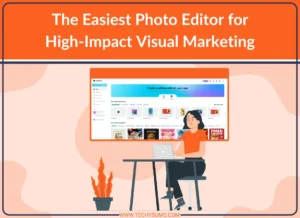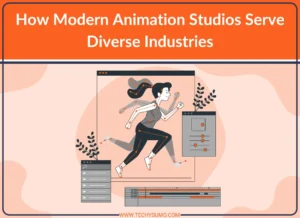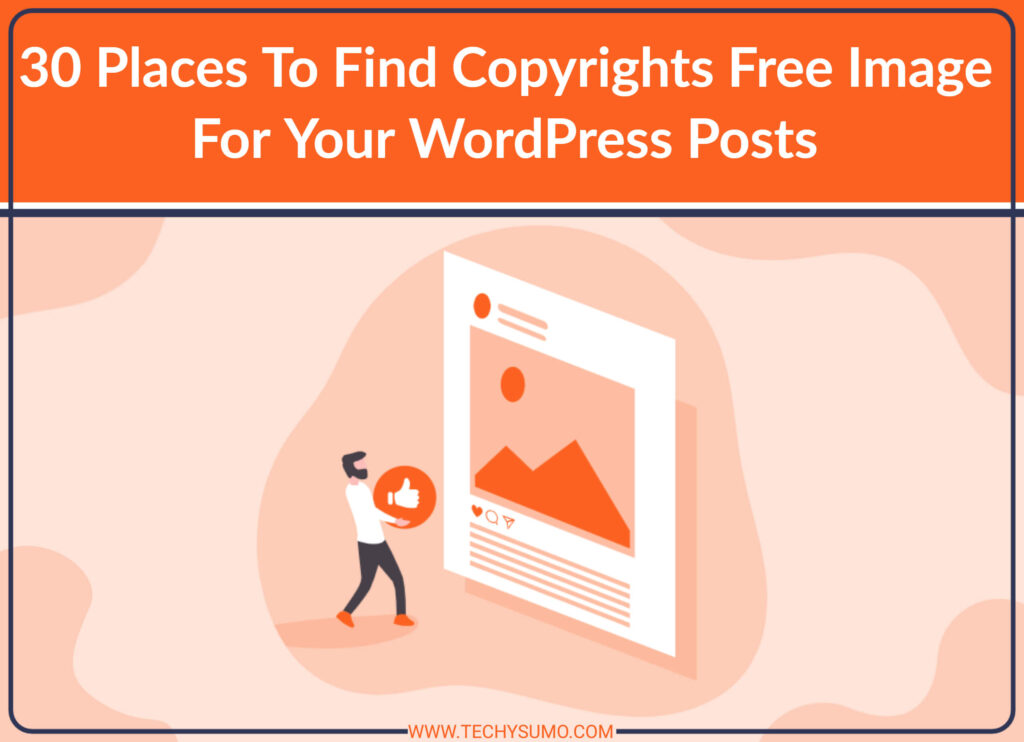Hybrid video content benefits companies in numerous ways. The creator takes a versatile and dynamic approach to creating and distributing it, using various media channels and formats to engage viewers. The following handbook shares everything a person needs to know about creating hybrid video content.
Table of Contents
What is Hybrid Content?
Before creating hybrid video content, people must understand what it is. This content brings together multiple formats and genres to create a cohesive product. Elements from various content types may be used to support the video and provide an immersive experience to draw the audience in. A blog post that contains an embedded video is an example of hybrid content, as is a short animation that includes infographics. Today’s e-books are interactive and use hybrid content strategies to draw people in. Podcasts may include comprehensive show notes with visuals and other resources to boost listener understanding, while webinars may have live Q&A options.
Why Choose Hybrid Content?
Hybrid video content offers numerous benefits. It appeals to different learning styles, so audiences remain engaged longer. Different audience segments can be reached, and participants retain the information longer. Hybrid content can be shared across platforms, allowing more people to see it. This drives higher conversion rates as more people interact with engaging content.
Consumers prefer hybrid content, so brands that use these techniques appear relevant. They gain an edge over competitors and can use the content to tell a story and connect emotionally with viewers. Search engines prefer varied content types and rank sites that provide this content higher. Companies can also use this content to learn about audience preferences and behaviors using the data gathered from the content.
How Hybrid Content Can Be Utilized
Many industries can successfully use hybrid content. Educational institutions use these techniques when creating learning material, and companies often rely on hybrid content to generate interest in a new product or service. A business might use hybrid content techniques when covering an event or for social media campaigns. These strategies can be adapted to meet the needs of the user.
Also Read
Creating Hybrid Content That Resonates With the Target Audience
To create hybrid content that resonates with the target audience, a company must first know its audience’s preferences and behaviors. Content types must be selected, and the content structure must be planned. With this information, the company can create, promote, and distribute content that speaks to its audience.
Hybrid Content Components
Hybrid content must use diverse formats while maintaining consistent messaging. This content has to be visually appealing and interactive to draw people in. When creating content, individuals must ensure it is accessible, including those with disabilities so that all target audience members can benefit.
Content Creation Best Practices
1: Relevant Content Format
Keep the content and formats relevant. Ensure there is a balance between the various formats and that the content is optimized for the search engines. Quality must be prioritized, and the company should test and iterate with each campaign.
2: Avoid complicated content
Avoid complicated content and ensure it always conforms to the audience’s preferences. To get the most from this content, the branding and tone must be consistent, and there must be clear objectives. Furthermore, it must be optimized for mobile use.
3: Make Content Accessible
Promote and make this content accessible so the audience can find it. Share it on multiple distribution channels and include a call to action so the audience knows what to do next. However, don’t make this content overly promotional. The focus should remain on the value of the product or service.
4: Conduct User Testing
Always conduct user testing to determine whether load times are sufficient. Review analytics regularly to confirm the content is meeting the audience’s needs. Changes must be made if it isn’t or there is a lack of interaction. Finally, the content should be updated regularly to keep viewers engaged.
Companies using hybrid content techniques see excellent results. Learn more today about this marketing method to determine whether it is right for your organization. Many will find that it is.






